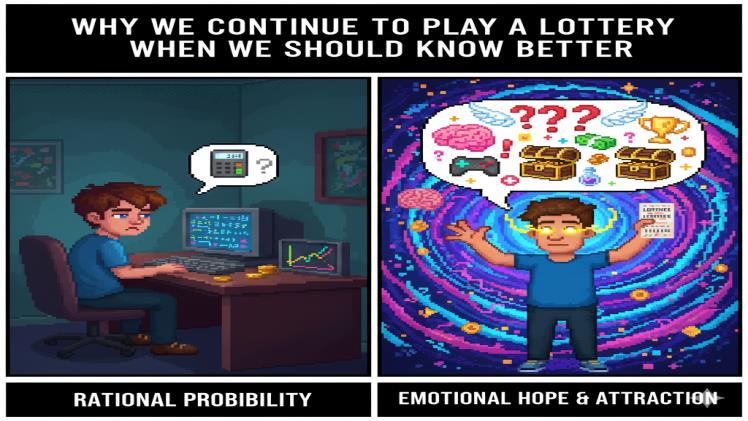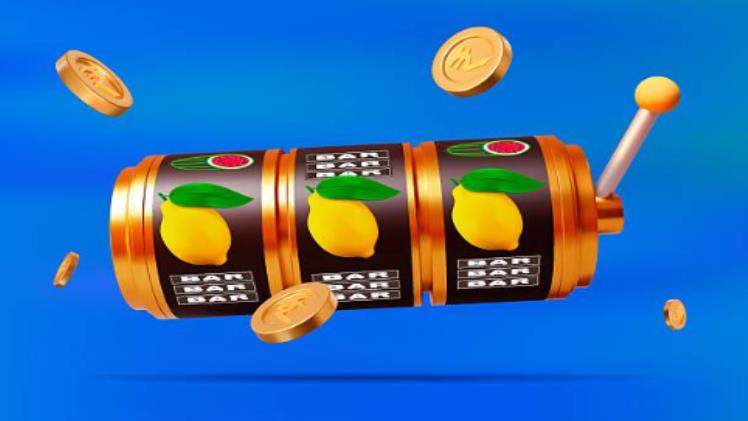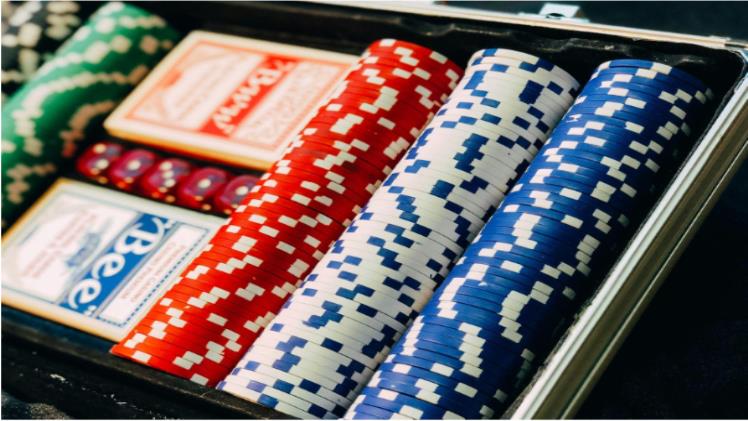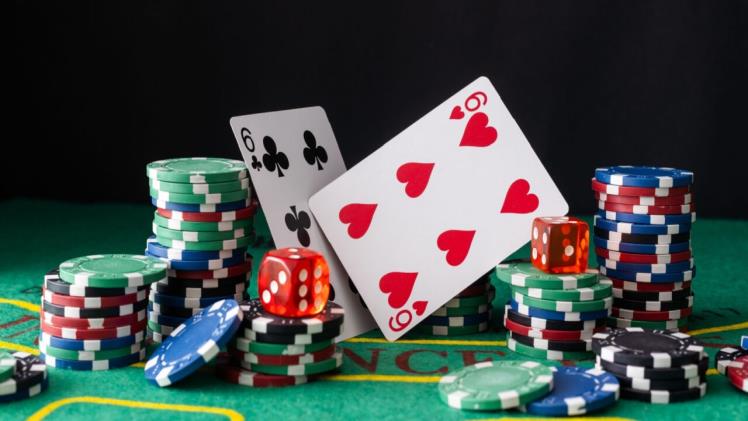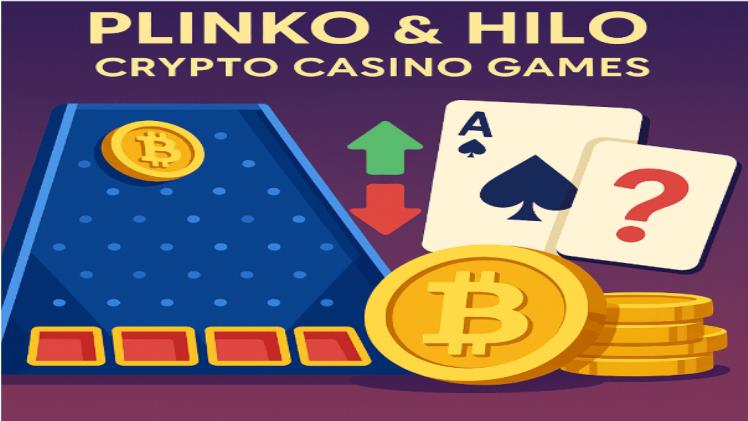Why We Continue to Play a Lottery When We Should Know Better.
There is something impossible to resist about gambling dice. Most of us take one more chance even when our rational minds have been telling us so. It is a great image: whether it’s a lottery ticket, a dice roll, or a spin on a digital slot—the mystery has a magnetic attraction. However, we cannot get rid of them.
Psychology of Risk-Taking.
It appears to be irrational at first. Of course, the majority of us can perform some calculations, but the odds are seldom in our favor. But our brains have been set up to pursue the thrill. This is contributed immensely by cognitive biases. An illusion of control is the belief that our decisions can produce random results. Even the experienced players may think that by pushing the spin button at an opportune moment, they may be bending the cards.
Nothing keeps us going but optimism bias. We go overboard with the possibility of victory and underestimate the possibility of defeat. Next is the fallacy of gamblers — the belief that once one has lost, the chances of winning are higher next time. The brain is fond of patterns, including imaginary patterns, try best online slots.
Risk-taking is fundamentally rooted in emotions and not in logic. Thrill-seeking discharges dopamine, which is the neurotransmitter that causes reward-seeking behaviour in a host of life situations. Even that small rush when something nearly works —or a close call — is enough to make people come back. And then there is avoidance of regret: the fear of not getting the single opportunity usually overrides rational considerations.
The Neuroscience of Luck.
Neuroscience can help understand why it may be impossible not to resist luck. The brain’s reward system is activated whenever we expect something good. Dopamine spikes are not just triggered by winning, but also by near-misses, which deceive the brain into thinking we are about to win. This forms a behavioural mechanism, or, as other professionals might refer to it, a dopamine loop.
Habits that are reinforced by repeatedly being exposed to unpredictable rewards, or in other words, variable rewards, can become habitual almost automatically. Patterns of risk-taking develop and neural pathways.
Luck in the Digital Era
These natural tendencies have been enhanced with the emergence of the digital medium. Game applications and Web-based games are experts at Engagement. An example is the Dragon Slots App. It incorporates a combination of visual and vocal stimuli, near-miss events, and unpredictable reinforcements to elicit the same behavioural patterns that would motivate casino floor play. The spin-around excitement, the interspersed excitement from wins, and the dopamine-fueled anticipation are all contributing to the digital Engagement that is quite comparable to physical gaming.
The highest-level platforms with the most desirable online slots are structured around fluctuating reward systems. There are winning and losing spins and frustrating near-misses. This gives a sense of perpetual access to instant gratification, ever elusive—a formula of recurring participation. The design is a subtle manipulation of cognitive biases and makes the experience entertaining.
The online space also presents new opportunities for our luck-seeking behaviour. The use of push notifications, bonus spins, and digital jackpots is structured to provoke the same dopamine loop, which supports the habitual interaction. These processes underscore a larger trend of our Engagement with technology: unpredictability combined with immediate reward will be difficult to resist.

